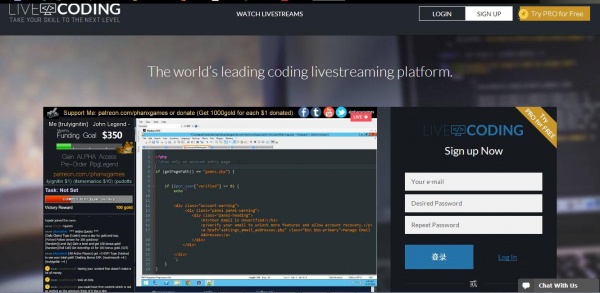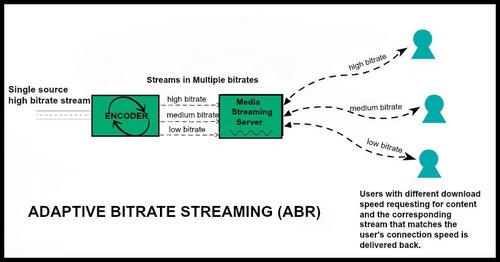
A smooth viewing experience is important for viewers to enjoy watching a livestream. Not all viewers on Livecoding have a high internet download speed above 2.5mbps. These viewers have frustrations when they try to watch a stream or video because the player shows as offline for them or plays slowly due to their low internet download speed.
To ensure a smooth viewing experience for these users just like they watch Youtube videos, we are going to launch in some weeks Adaptive Bitrate Streaming(ABS) to solve this issue.
So, how does it work?
Adaptive Bitrate Streaming(ABS) is a technology that improves the entire livestreaming experience. For example, if a viewer has a slower internet connection, ABS adjusts to the available bandwidth and streams at a lower quality by transcoding the original bitrate into lower bitrates, in this case, 1.5 mbps and 0.8 mbps. Currently, all broadcasts on our website can be streamed at 2.5mbps.
When ABS is launched viewers can view all streams and videos in three quality formats.
- High — 2.5mbps
- Medium — 1.5mbps
- Low — 0.8mbps
Will the bitrate adjust automatically?
Yes, ABS identifies the best level for the viewer, and if needed changes the video to medium or low bitrate streams. Viewers also have the option to manually set the quality format through the player options.
This update will ensure that anyone around the world can watch streams seamlessly. We have viewers from India, China, Sri Lanka and other countries with “not so good” internet infrastructure, and the new update will bring them a better livestreaming experience. It is our aim to use ABS to ensure that anyone around the world can enjoy the wealth of knowledge we have available.
Let’s go into more detail.
ABS technology, as discussed earlier, transcodes the high bitrate streams into smaller ones for anyone with limited internet capacity. ABS creates different video sizes for different devices and screen resolutions. For example, it will create a 1920x1080p video for a screen size of 1920x1080p, a 1280x720p for 1280x720p, and so on. When a user requests a higher resolution video than his system and internet connection can handle, he suffers from buffering.
To avoid the problem of buffering, ABS identifies the bottleneck and sends a lower-sized video stream bitrate by adjusting the quality of the video. After all, a smaller file (1280x720p) can be more easily downloaded than a larger one (1920x 1080px). And, that’s how ABS works. Simple and powerful.
Viewing experience has always been at the top of our list for improvements. With this update, we push towards a better future for viewers and broadcasters alike. Now, broadcasters can enjoy access to a wider audience and be better able to interact with them.
So, what do you think about ABS? Let us know in the comment section below.








